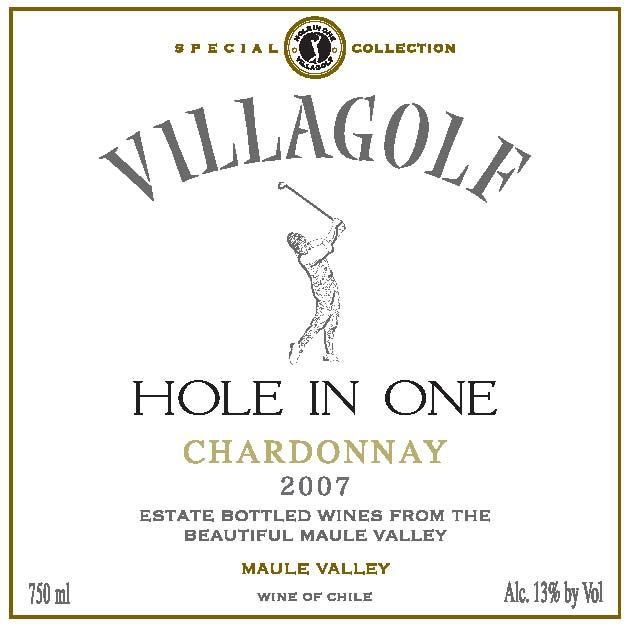2007 Maule Valley Chardonnay
The Hole In One Chardonnay from the esteemed Maule Valley is a delightful expression of this beloved varietal, showcasing its signature characteristics beautifully. This white wine offers a full-bodied experience, complemented by a high level of refreshing acidity that engages the palate, making it incredibly food-friendly. The fruit intensity is prominent, bursting with flavors of citrus and stone fruit, delivering a mouthwatering sensation that is both vibrant and inviting. As you savor each sip, you'll notice the wine's dryness, which enhances its crispness and elegance. The delightful balance of these elements makes the Hole In One Chardonnay a superb choice for any occasion, reflecting the terroir of the Maule Valley in every glass.
The Hole In One Chardonnay from the esteemed Maule Valley is a delightful expression of this beloved varietal, showcasing its signature characteristics beautifully. This white wine offers a full-bodied experience, complemented by a high level of refreshing acidity that engages the palate, making it incredibly food-friendly. The fruit intensity is prominent, bursting with flavors of citrus and stone fruit, delivering a mouthwatering sensation that is both vibrant and inviting. As you savor each sip, you'll notice the wine's dryness, which enhances its crispness and elegance. The delightful balance of these elements makes the Hole In One Chardonnay a superb choice for any occasion, reflecting the terroir of the Maule Valley in every glass.




